** This post has been written and produced by the Yugul Mangi Rangers of south-east Arnhem Land, with Emilie Ens and Mitchell Scott (Macquarie University, Sydney).
The Yugul Mangi Ranger Two-way Biodiversity Project is not just about working in Arnhem Land, but also communicating outcomes to the rest of Australia. For that reason, some of our team recently travelled to Sydney and Canberra for 2 weeks in March 2015. We gave presentations and are writing this blog to teach non-Indigenous people about the great things Indigenous people are doing in remote Australia for our Country and communities. We also want to encourage more cross-cultural collaboration between scientists and Indigenous people and for other Indigenous Ranger groups to get involved in the Atlas of Living Australia.
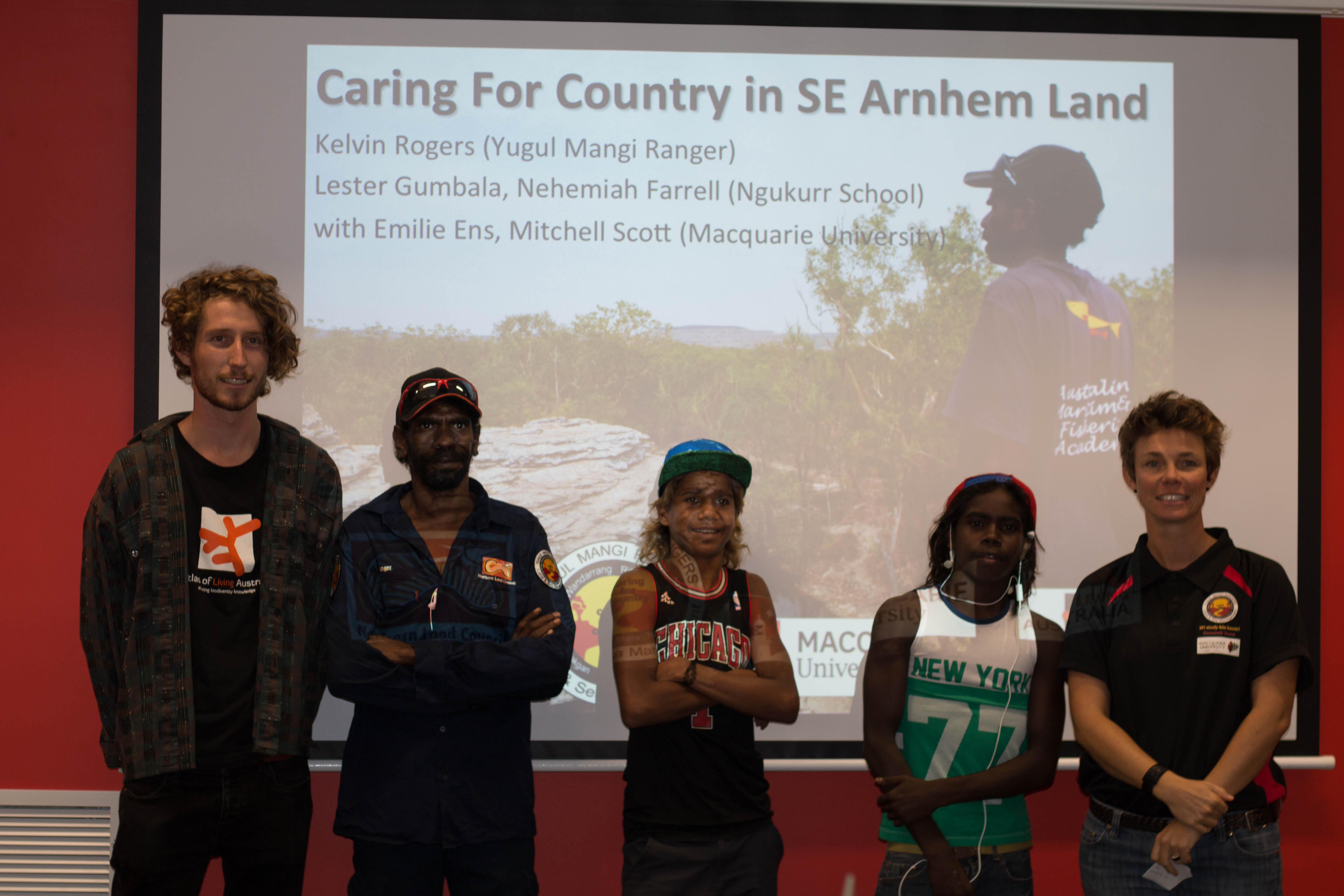
While down south, we did three presentations: a 3 hour workshop for 2nd year University students at UNSW for the Indigenous Perspectives in Science course; a 20 minute BioSeminar at Macquarie University to academics and Masters students; and a one hour presentation at ANU for our funding partners – the ALA and Australian National University (ANU) Centre for Biodiversity Analysis (CBA). Mostly, Kelvin Rogers (Yugul Mangi Ranger) led the talks, with smaller contributions from two Ngukurr school students (Lester Gumbula and Nehemiah Farrell) and Emilie Ens and Mitchell Scott from Macquarie University. Another aim of the trip was to deliver some animal tissue samples from Arnhem Land to Professor Craig Moritz (CBA, ANU) as he and his lab group are going to help us identify some species and possibly identify new species to science. We are excited about being involved in this process.
The primary aim of our presentation at ANU and our meeting at CSIRO in Canberra was to inform the Atlas of Living Australia (ALA) mob about how we’ve been using their website, and how we can best integrate Indigenous content. We are working together to make it easy for everyone, including Aboriginal people, to contribute to this Australian Biodiversity resource. At the meeting we were joined (via video link) by representatives from CSIRO Ecosystem Sciences (Cairns) who are also working on this ALA Indigenous project with the Olkola Rangers (Nth Queensland).
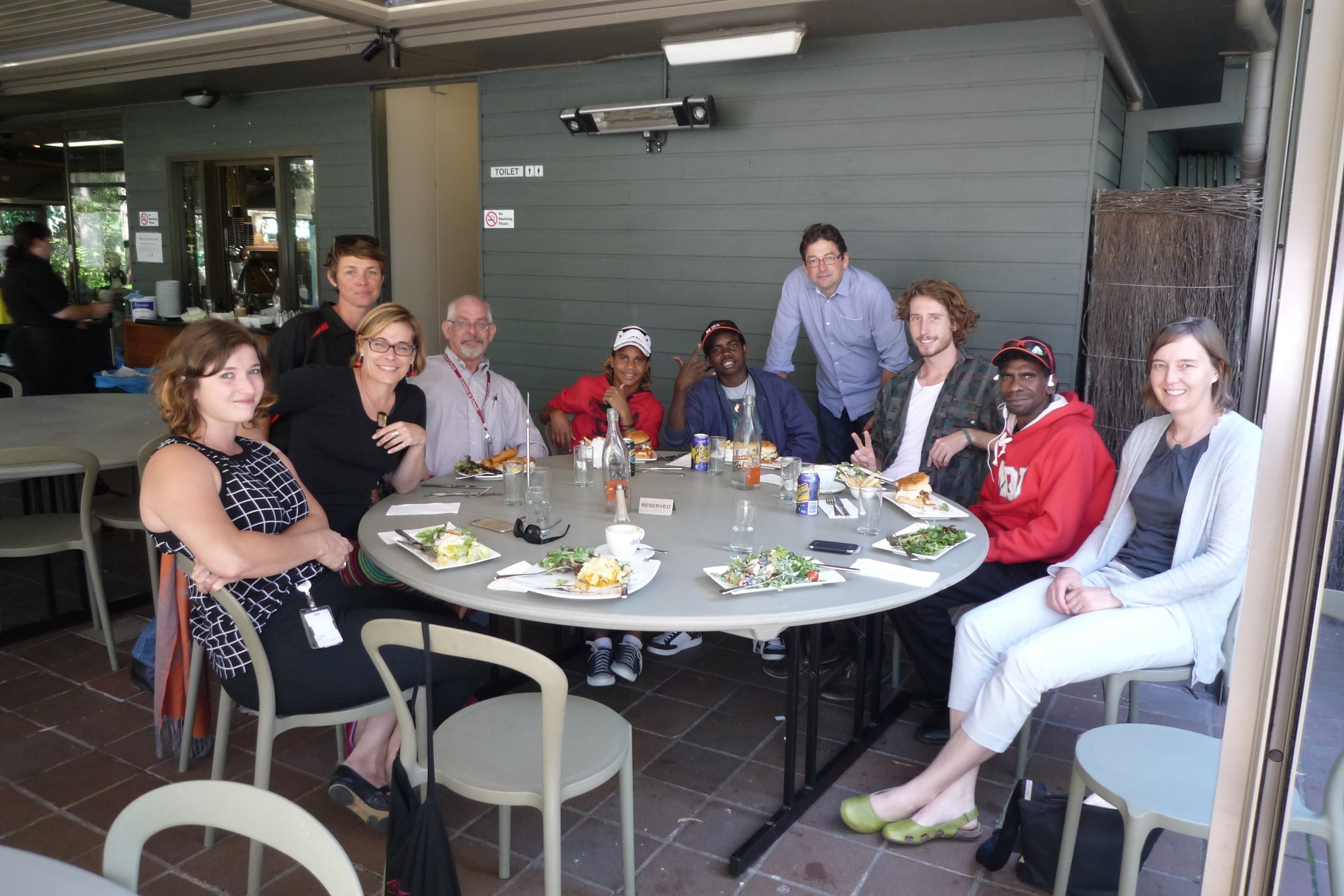
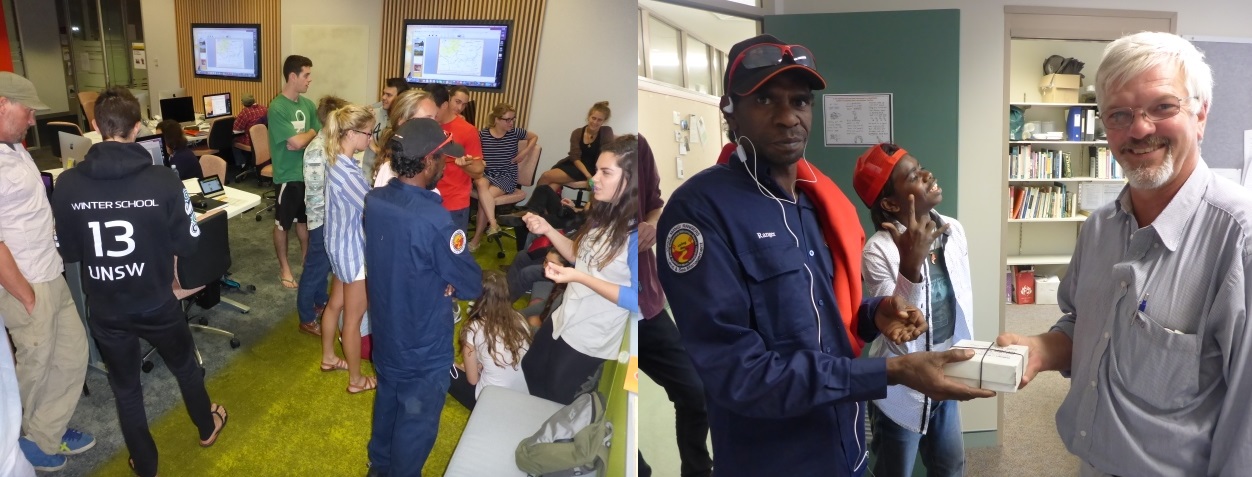
A core aim of this project is also to work with the Ngukurr School and introduce young students to science, Ranger work and land management. We take Ngukurr students out on Yugul Mangi Ranger biodiversity surveys and also sometimes when we travel interstate to contribute to communications about the project. Ngukurr School is the main school in the region and teaches 300 children from the Ngukurr community of 1000.
The school principal selected high school students Lester Gumbula and Nehemiah Farrell to attend this trip as they both had high attendance, are doing well at school, and find ranger work and biodiversity surveys interesting. The students both contributed to the making and presentation of the talks. We hope that by rewarding good students in this way we will encourage other young people in the community to attend school and study hard.
In addition to the presentations, the team also visited numerous science labs and institutions as the Ngukurr School has a limited science education program. We visited the Glasshouses, Museum and Lizard Lab at Macquarie University, the Genetics Lab at ANU, the Australian National Botanic Gardens and Australian National Insect Collection in Canberra.
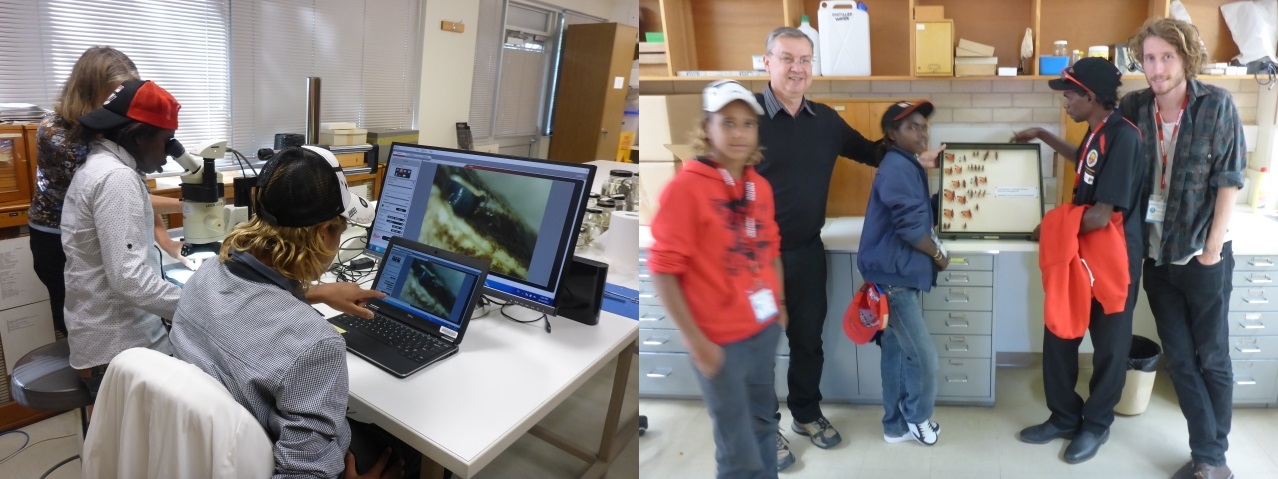
We also visited the Australian Institute of Aboriginal and Torres Strait Islander Studies in Canberra where staff showed us how to use the computers to search for records of family and friends from Ngukurr. The AIATSIS Perfect Pictures database has over 140,000 photos which is about 20% of the total AIATSIS archives and can only be viewed at AIATSIS in Canberra.
“They got heaps of Ngukurr records, it’s a place where we can put our photos and other people can see them.” – Kelvin Rogers, Yugul Mangi Ranger

We then headed to the Aboriginal Tent Embassy, which has been based beside Old Parliament House in Canberra since 1972. As we were having a look around, we met the official fire-keeper. It was his job to keep the fire burning no matter what, day and night. It made sense to us that just like keeping a fire burning, this Tent Embassy was about maintaining a strong and continuous Indigenous presence in Canberra and in the minds of all Australians and international visitors. Talking to Indigenous and non-indigenous people staying at the Embassy, at the front of everyone’s mind was the closure of remote communities in Western Australia. We want people to know that Indigenous people living on and managing their own Country is key to land management (Remote Indigenous communities are vital for fragile ecosystems – article in The Conversation)
We invited some of members of the Tent Embassy to our talk at ANU and we were really happy that they came along to support us. Thanks!
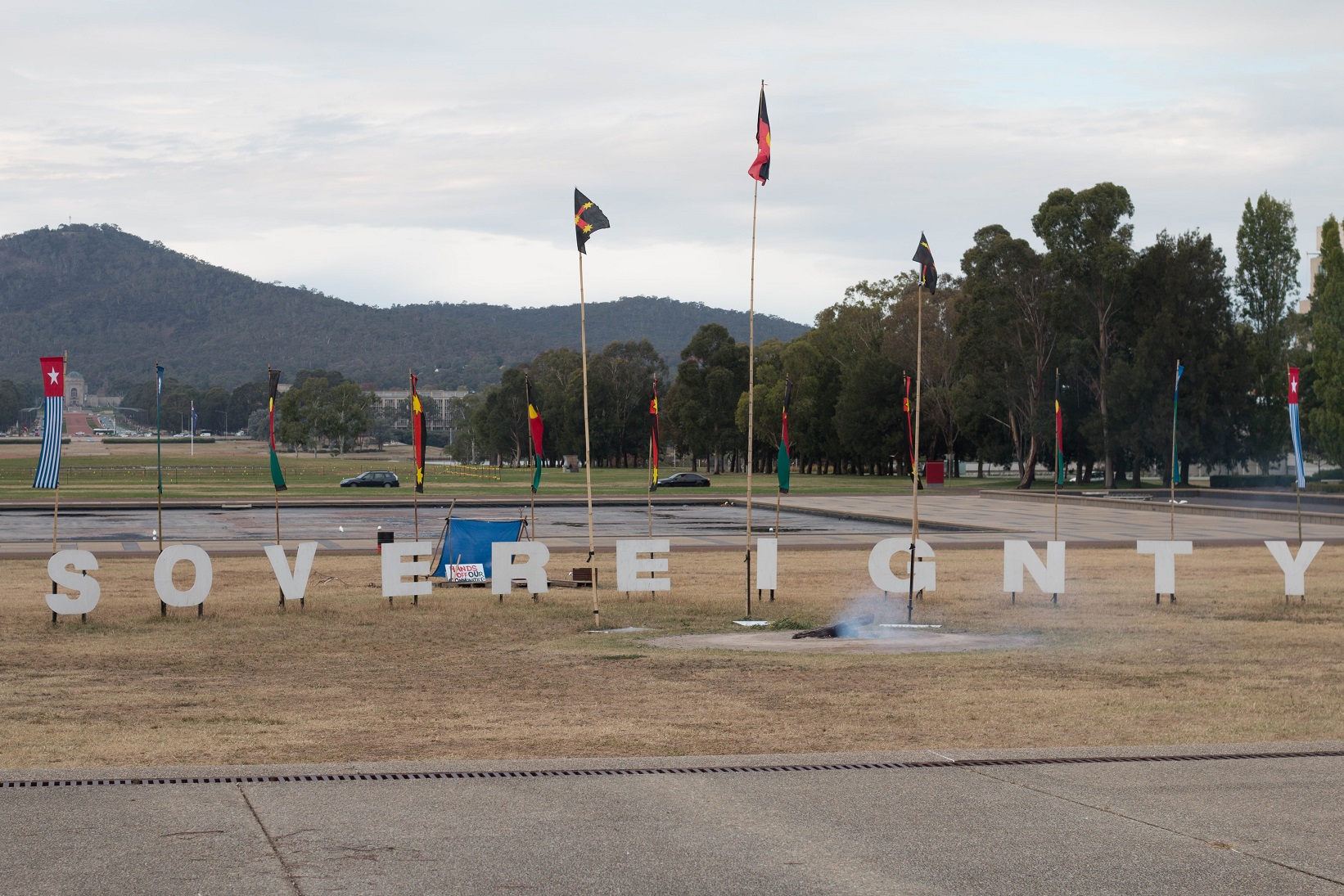
A trip to Sydney and Canberra wouldn’t be complete without having a look around. We visited Centre Point Tower, Sydney Harbour Bridge, Sydney Opera House, the Sydney Royal Easter Show, surfed Sydney’s beaches and went to Parliament House (Canberra).
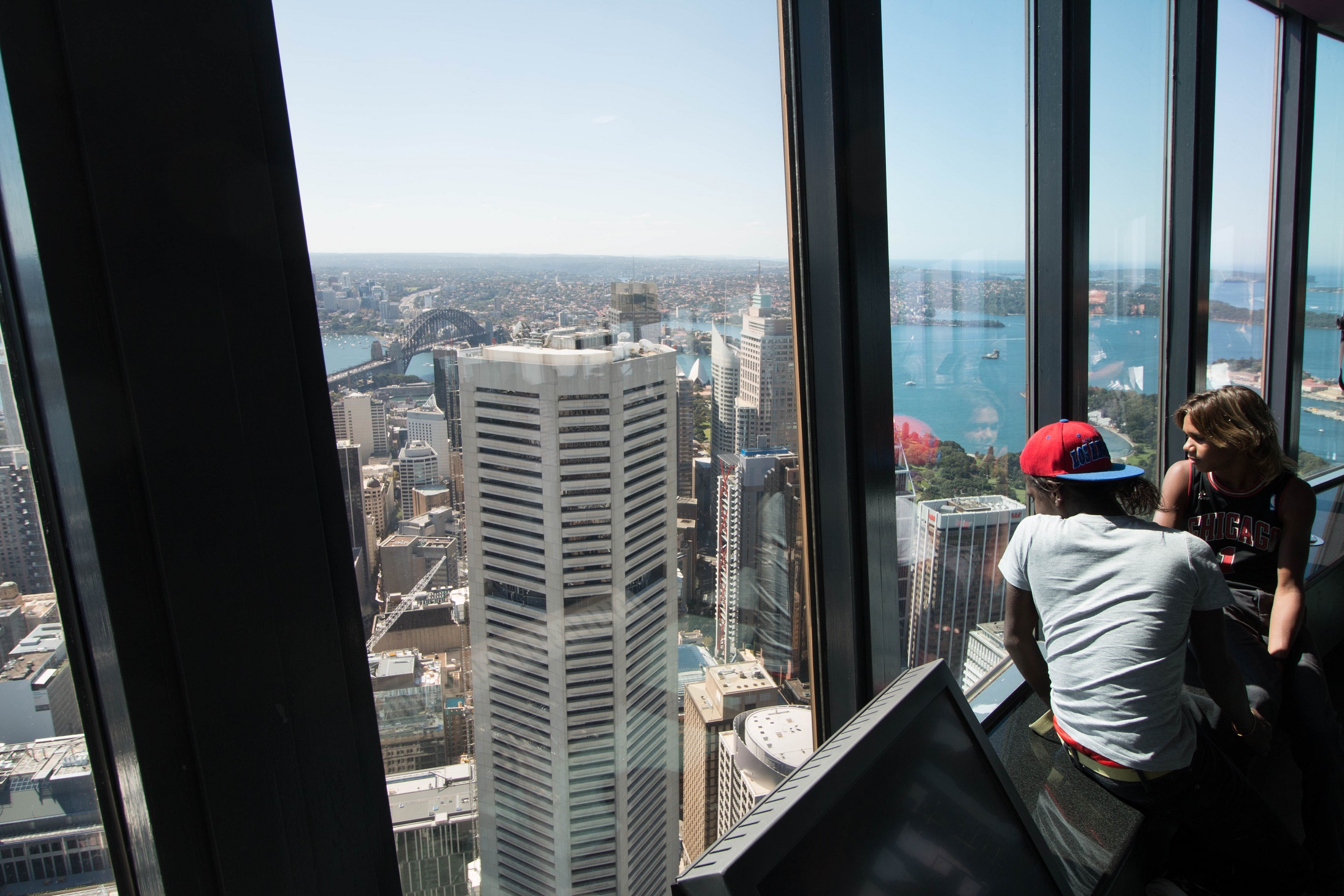
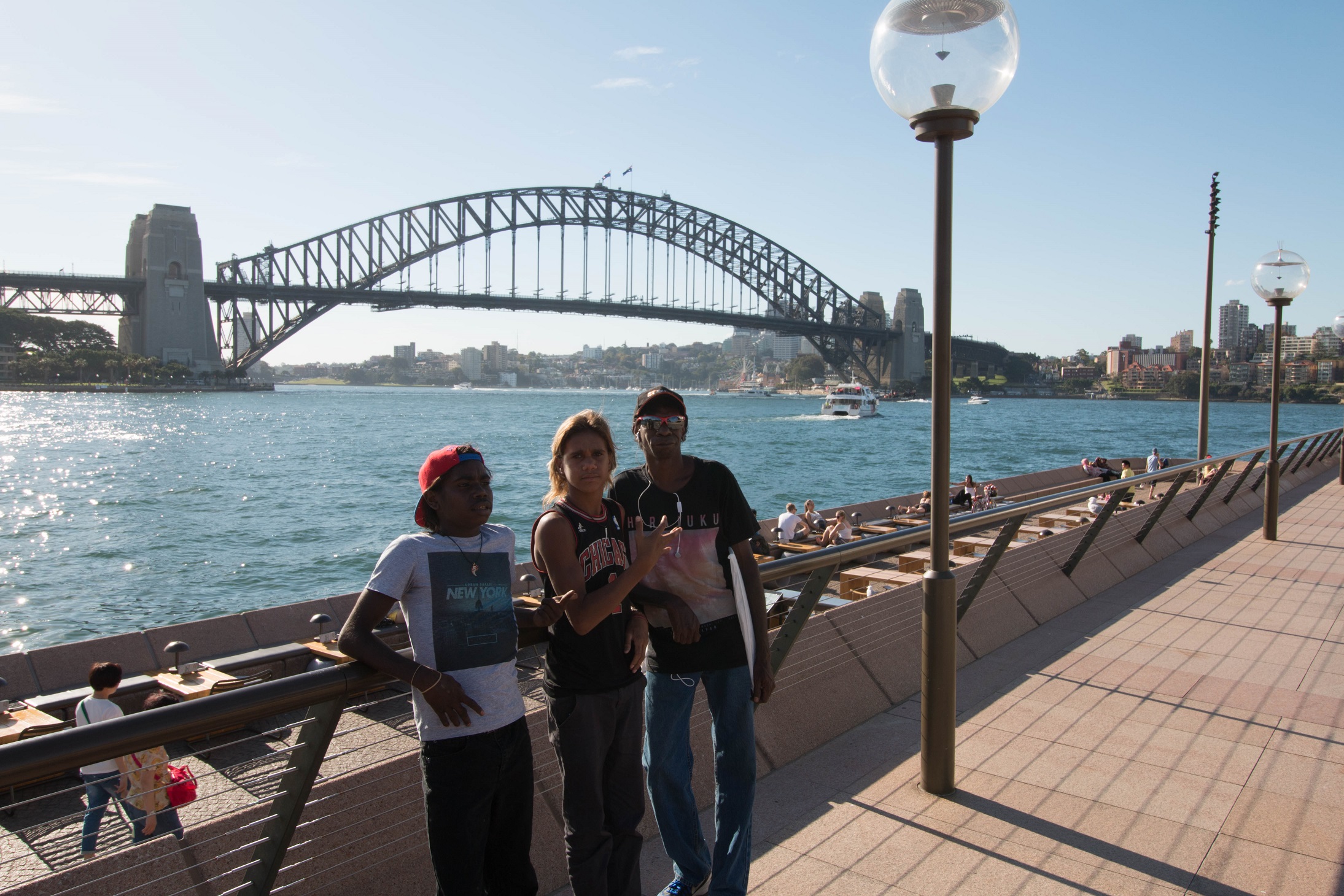
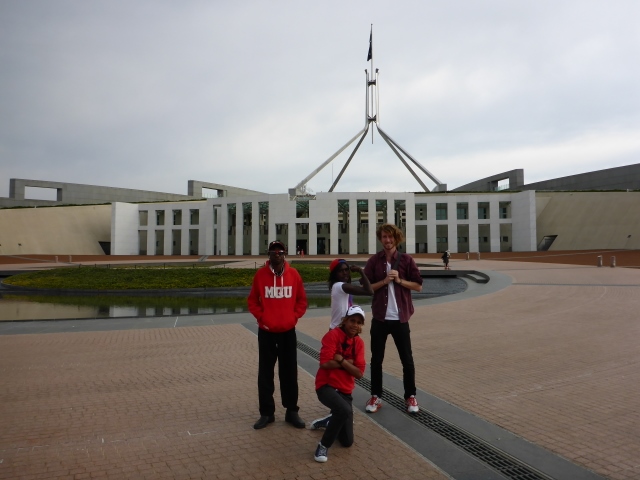
Thanks to the ALA and ANU/ CBA for supporting our trip and all the people who showed us around the science labs and institutions.
This post has been produced by the Yugul Mangi Rangers of south-east Arnhem Land. Read more about their Indigenous Ecological Knowledge projects on the ALA blog:
Learning by doing: Yugul Mangi Rangers and the Leichhardt’s Grasshopper: Arnhem Land